This is actually a legit question. SAD isn’t just a state of being but an actual type of depression based on changes of seasons. The initials stand for Seasonal Affective Disorder. We are usually talking poetically about the arrival of fall and winter but more than 5% of the general population of earth is suffering every year with the most vulnerable, young people.
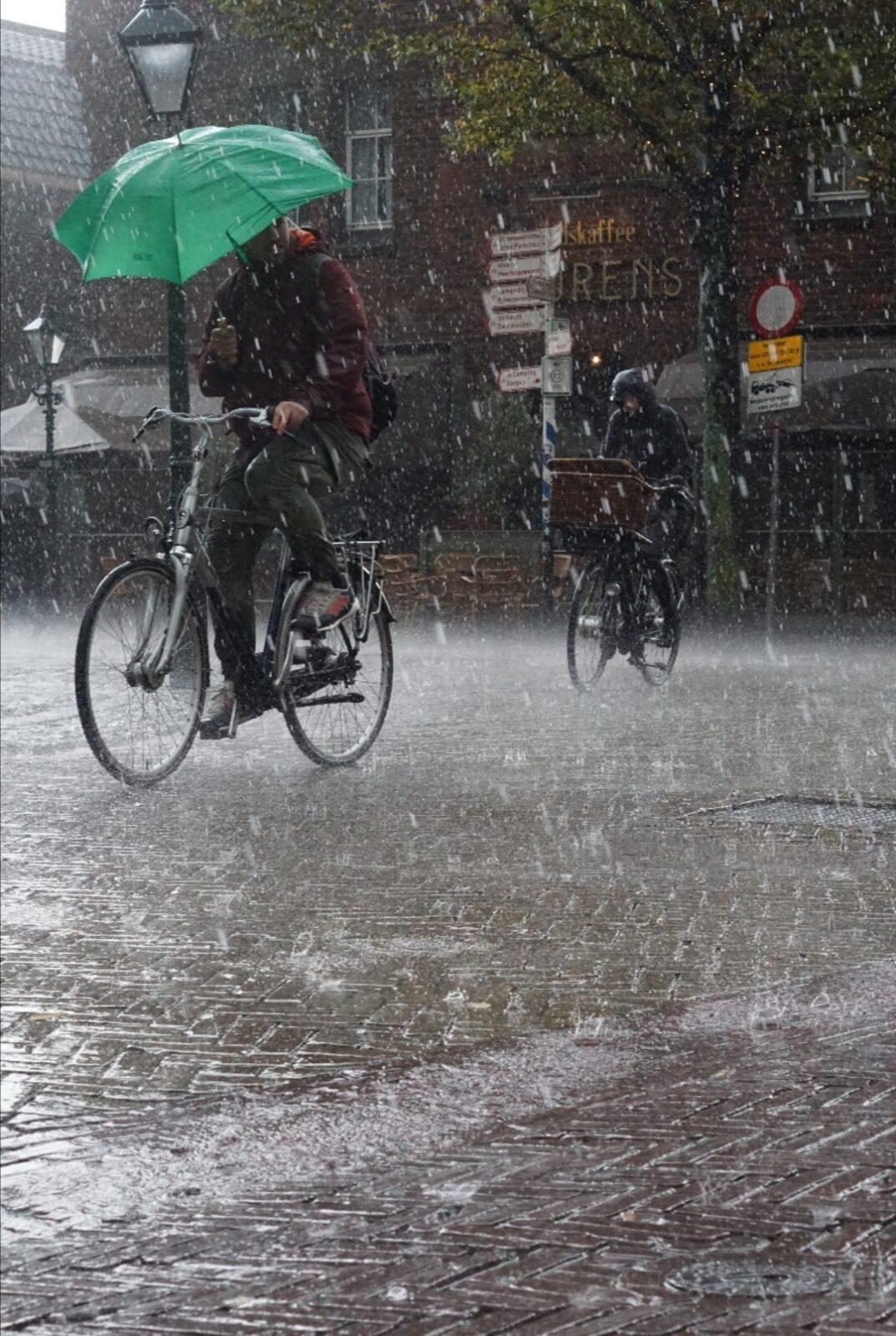
Human bodies are accessible to seasonal changes and tent to synchronize with the outer environment. It all comes down to science. Low percentages of serotonin, an hormone rising from exposure to the sun that gives us calmness and balance, coupled with the elevated melatonin levels, known as the sleep hormone, can really damage one’s psychosis and cause depression. The symptoms usually start with the coming of fall and continue into the winter months. As treatment, doctors suggest light therapy (phototherapy) where the person is surrounded with white bright light throughout the day, physiotherapy and as a last resort, medication.

More and more scientists around the globe seem to rethink some of the bases of psychology and connecting the human psyche with the weather and the environment. For example, one of the new-founded words that seen to portrait the distress connecting to the environmental changes is “Solstagia”. The neologism consists of the words ‘solace’ and ‘nostalgia’, referring to desolation and algia (pain) and was introduced by the Australian philosopher Glenn Albrecht. Furthermore, APA (the American Psychological Association) in 2017 officially recognized ‘eco-anxiety’ as a clinically valid diagnosis. The world keeps changing and so are our bodies’ responses to it.
In 2013, the infamous Donald Trump had said “Global Warming is a total and very expensive hoax” while Cicero, an Academic skeptic of the late Roman Republic has written “We seek with our human hands to create a second nature in the natural”.
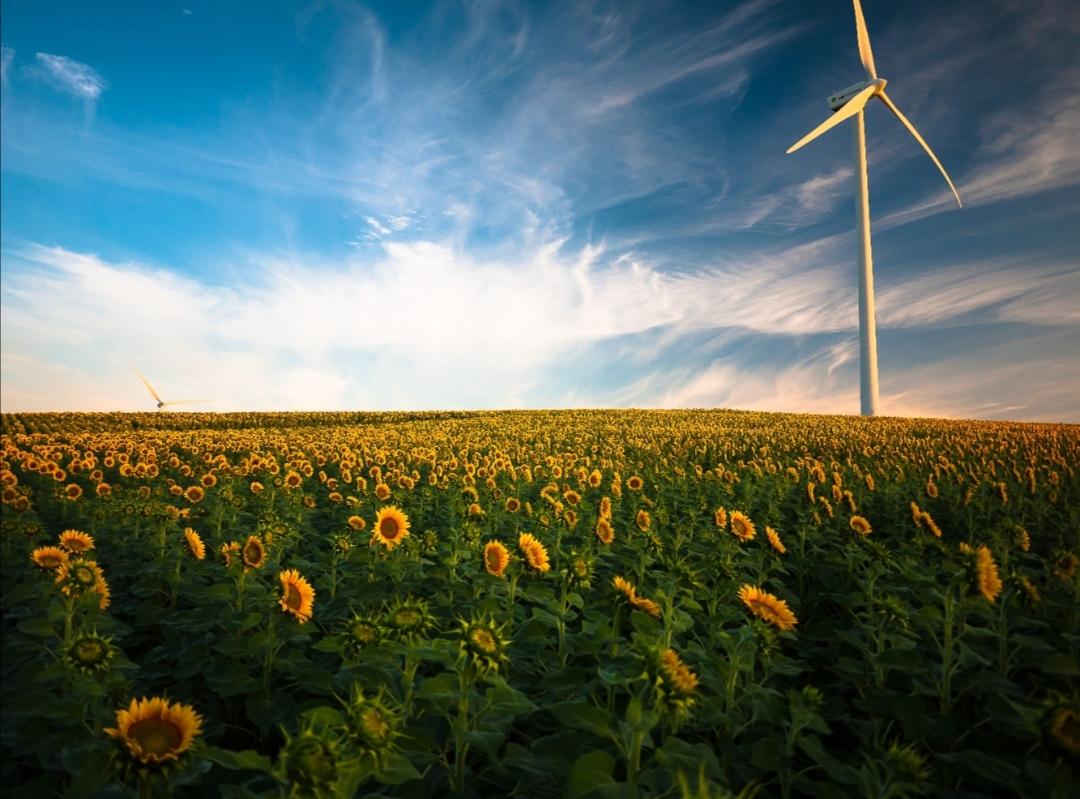
And how can we take action to aid the environment? We can’t all go to protests and sometimes they may seem ineffective. Small things we can do include reducing our carbon footprint using green energy and recycling. Raising awareness within all age groups and keeping a positive outlook for the future with the help of cognitive coping. We can build a better place for the future generations and protect the planet that so kindly accommodates us, our ancestors and descendants.
Ήρθα σε αυτόν τον κόσμο την πέμπτη μέρα του δεύτερου καλοκαιρινού μήνα ενός χρόνου πριν την αλλαγή της δεκαετίας στην συμπρωτεύουσα. Σπουδάζω Ποιμαντική και Κοινωνική θεολογία στο ΑΠΘ. Λατρεύω την αγγλική κουλτούρα. Χορεύω swing και κάνω αμέτρητα ταξίδια με βάρκα το βιβλίο! Ξέρω μονάχα ότι δε ξέρω και πολλά. Ο κόσμος είναι ο καμβάς μας και εμείς οι ζωγράφοι. Πιστεύω στην ατομική πρωτοβουλία και ότι όλοι μαζί μπορούμε να κάνουμε αυτόν τον κόσμο καλύτερο!

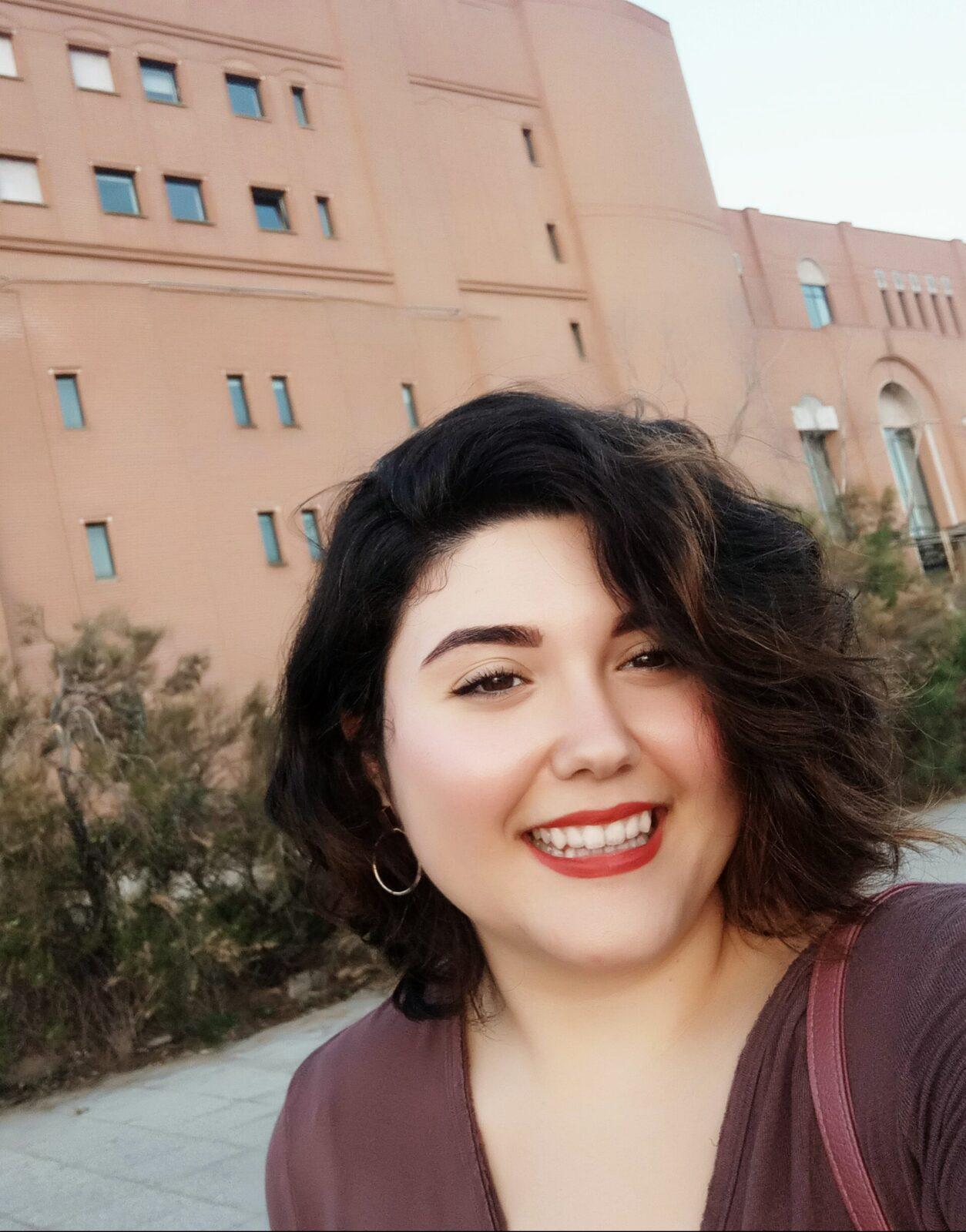



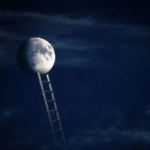
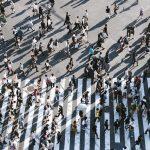

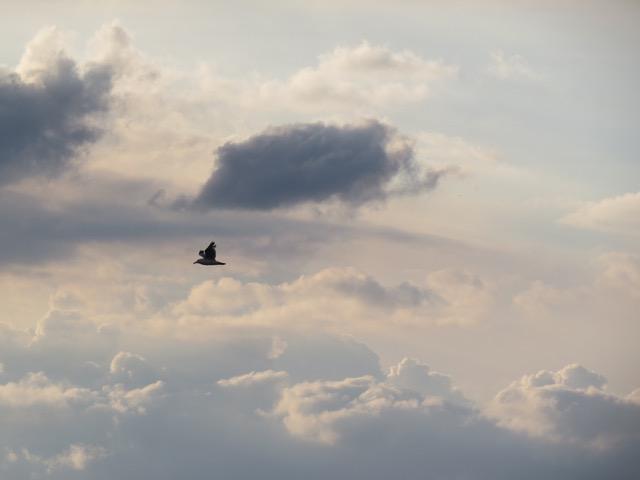
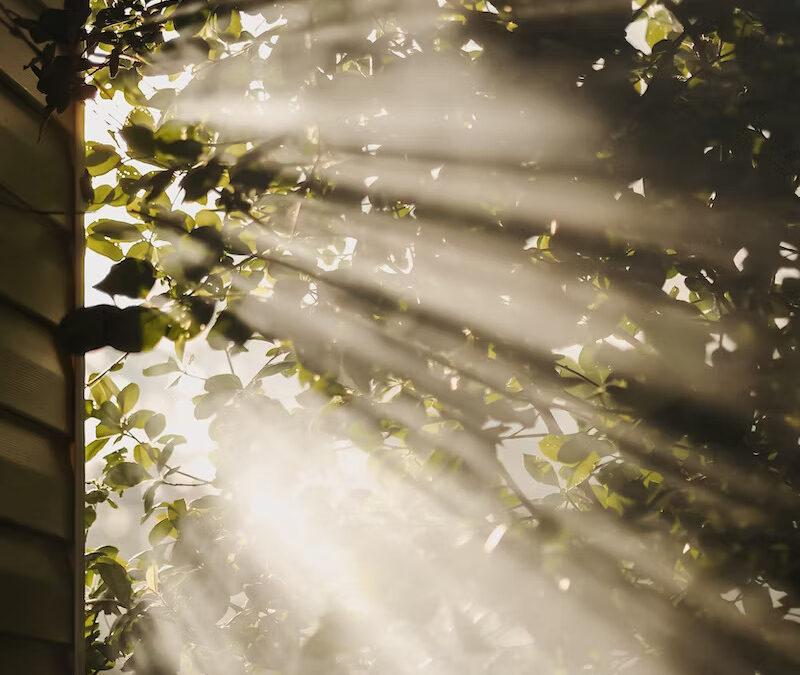

0 Σχόλια